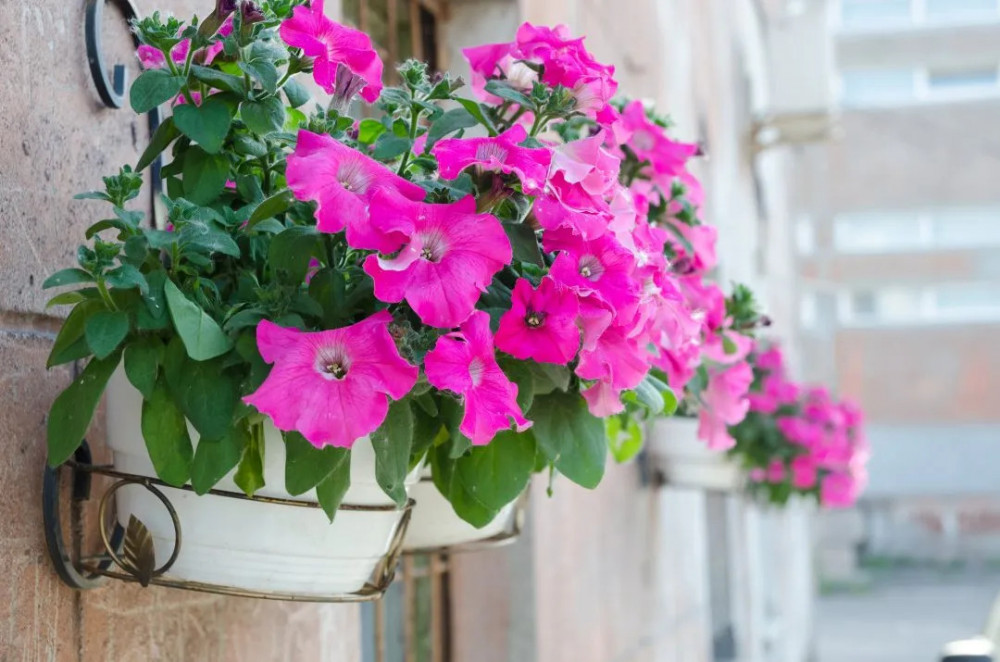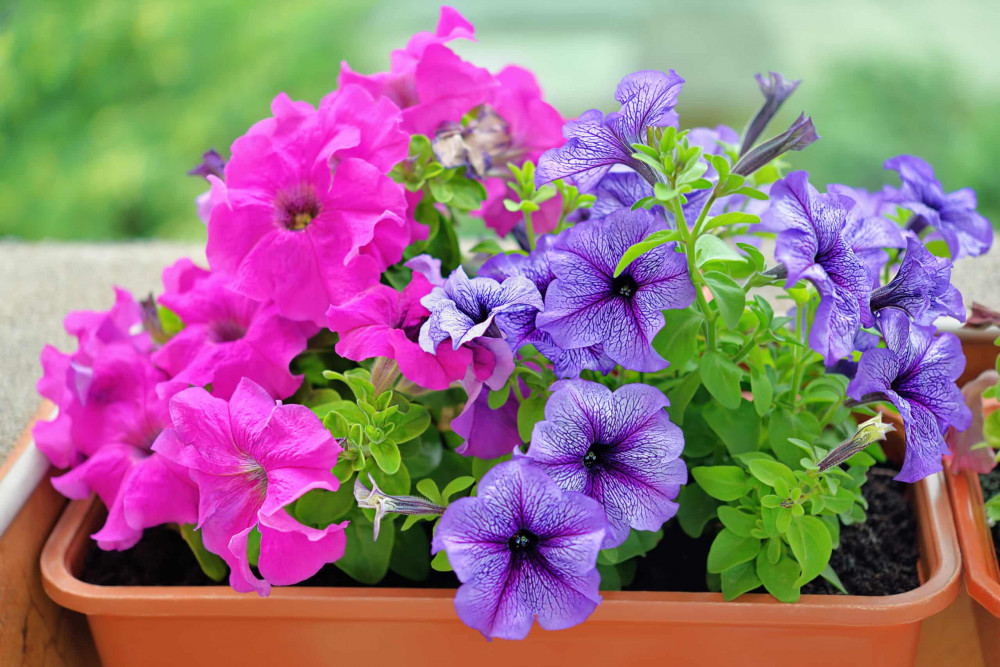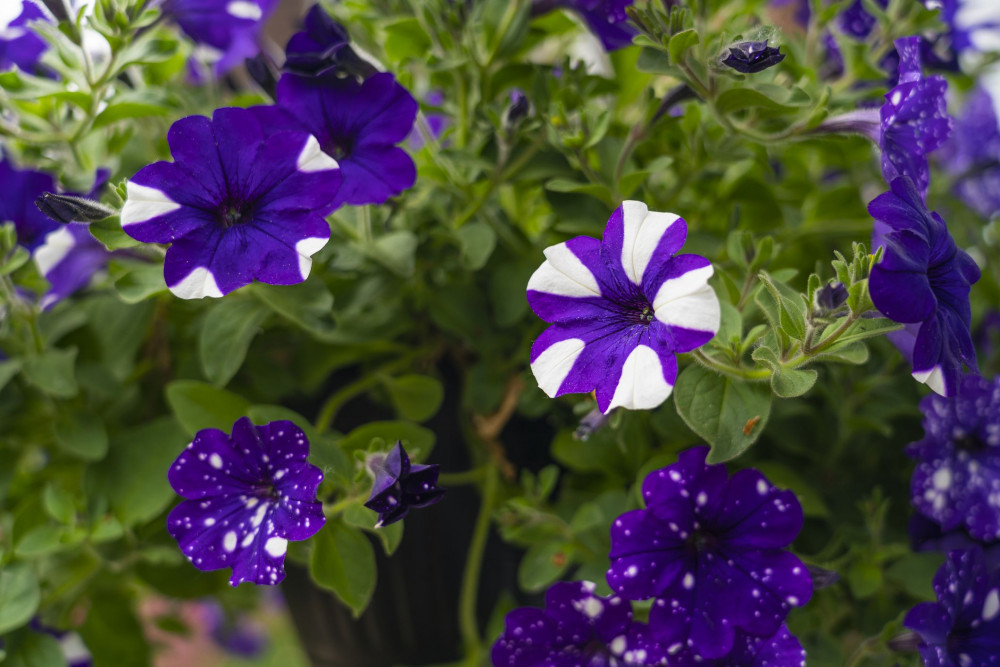With their vibrant colors and delicate blooms, petunias are a popular choice for adding beauty and charm to gardens, balconies, and hanging baskets. Whether you’re a seasoned gardener or a beginner with a green thumb, this in-depth guide will equip you with the knowledge and techniques to cultivate healthy and stunning petunias.
As the frost of winter fades away, spring brings forth the perfect opportunity to introduce these lovely flowers to your outdoor space. With their wide range of colors, including shades of pink, purple, red, and white, petunias can be mixed and matched to create stunning displays and captivating patterns. They are also versatile, thriving in various settings such as flower beds, borders, hanging baskets, and containers.
In this article, we will walk you through the step-by-step process of successfully growing and caring for petunias. From selecting the ideal location to providing the right soil conditions, from sowing seeds or choosing healthy young plants to nurture their growth, we will cover all aspects of cultivating flourishing petunias. Additionally, we will explore important topics such as watering techniques, fertilization, pruning, and pest control to ensure your petunias stay healthy and vibrant.
Whether you’re seeking to enhance the beauty of your garden or create a captivating balcony oasis, this guide will empower you with the knowledge and techniques to make your petunias thrive. So, grab your gardening tools, roll up your sleeves, and get ready to embark on an exciting journey of nurturing these enchanting flowers.
Let’s unlock the secrets to successfully planting, growing, and caring for petunias this spring, and witness the transformation of your outdoor space into a blooming paradise!
1. Choose the right location
 Source: Gardener’s Path
Source: Gardener’s Path
Petunias thrive in full sunlight, so select a location in your garden that receives at least six hours of direct sunlight each day. Ensure the soil is well-drained and rich in organic matter.
2. Planting time
 Source: The Spruce
Source: The Spruce
Petunias can be planted in the spring after the danger of frost has passed. If you’re starting from seeds, begin sowing them indoors 10-12 weeks before the last expected frost date or purchase young plants from a nursery.
3. Prepare the soil
 Source: Flores Coloridas
Source: Flores Coloridas
Before planting, loosen the soil using a garden fork or tiller. Remove any weeds, rocks, or debris, and mix in compost or well-rotted manure to improve the soil’s fertility.
4. Planting petunias
 Source: Plantura
Source: Plantura
Dig small holes in the prepared soil, spacing them 8-12 inches apart. If you’re planting multiple petunias, leave enough space for them to spread and fill out. Carefully remove the petunias from their containers, gently loosen the roots, and place them in the holes. Backfill with soil and lightly press around the base to secure them.
5. Watering
 Source: Hola
Source: Hola
Water the petunias immediately after planting and keep the soil consistently moist, but not waterlogged. Petunias prefer regular watering, especially during hot, dry periods. Water deeply, allowing the soil to dry slightly between waterings to avoid root rot.
6. Fertilizing
 Source: Revista Jardins
Source: Revista Jardins
Petunias are heavy feeders. Apply a balanced, water-soluble fertilizer every two to three weeks or use a slow-release granular fertilizer according to the package instructions. This will provide the necessary nutrients for healthy growth and abundant blooms.
7. Pinching and deadheading
 Source: All About Gardening
Source: All About Gardening
To encourage bushier growth, pinch back the tips of young petunia plants when they are about 4-6 inches tall. This will promote branching and result in more flowers. Additionally, remove faded or dead flowers regularly (a process called deadheading) to prevent seed production and encourage continuous blooming.
8. Pest and disease control
 Source: MyDomaine
Source: MyDomaine
Petunias are generally resistant to pests and diseases, but they can occasionally face issues like aphids, slugs, or botrytis (gray mold). Monitor your plants regularly and take appropriate measures if any problems arise. Use organic insecticides or natural pest control methods whenever possible.
9. Support and trailing varieties
 Source: Flores Hermosas
Source: Flores Hermosas
Some petunia varieties, such as grandiflora types, may require staking or support to prevent them from bending or breaking under their weight. Trailing or cascading petunias can be planted in hanging baskets or containers to let them gracefully trail down.
10. Overwintering
 Source: Centro de Jardinería Gorbeia
Source: Centro de Jardinería Gorbeia
Petunias are typically grown as annuals, but in warmer climates, they may survive as perennials. If you live in an area with mild winters, you can try overwintering petunias by cutting them back and providing protection against frost. Alternatively, you can collect seeds from spent flowers and sow them indoors for the following season.
By following these steps and providing the proper care, you can enjoy a stunning display of colorful petunias in your garden or containers. Happy gardening!
